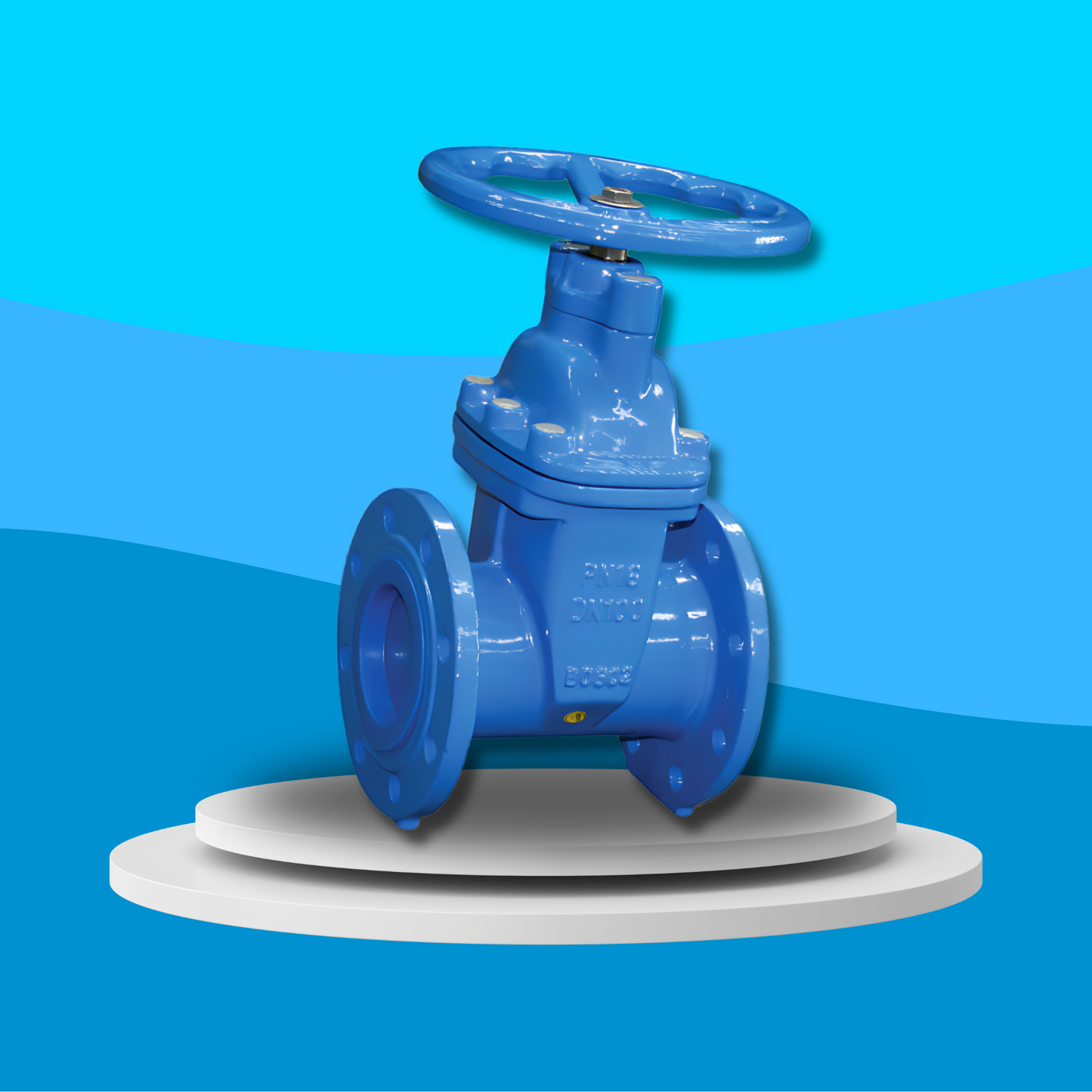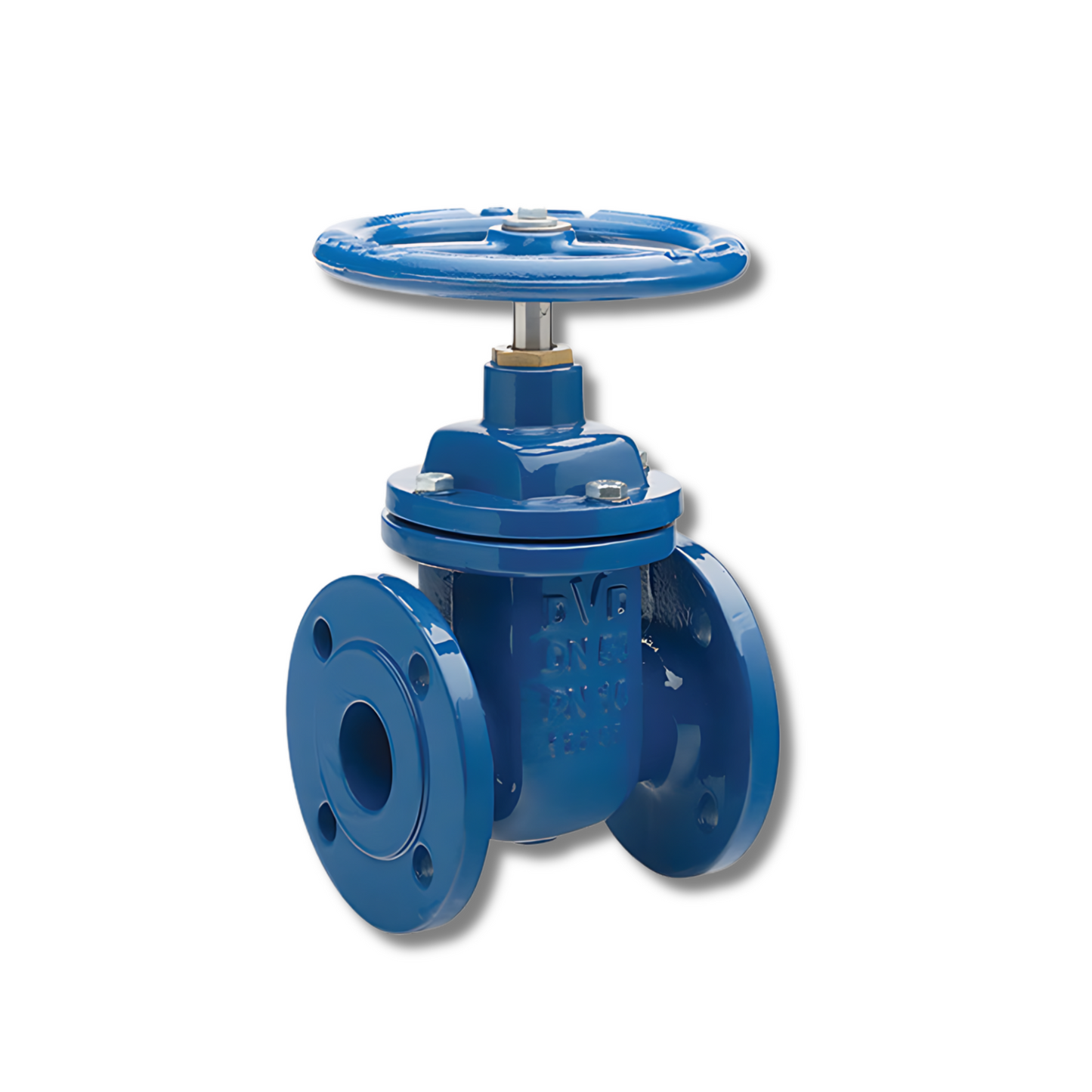Wras Valve
WRAS Approved Ductile Iron Flanged PN16 Gate Valve
WRAS Approved Ductile Iron Flanged PN16 Gate Valve
Couldn't load pickup availability
WRAS Certified
Introducing the WRAS Approved Ductile Iron Flanged PN16 Gate Valve, engineered for robust performance and long-lasting reliability in fluid control systems. These gate valves are constructed from high-quality ductile iron and feature a flanged PN16 connection, ensuring superior strength and ease of installation. Designed to comply with BS 5163 Pt. 1 & 2:2004 standards, these valves are ideal for a wide range of water and wastewater applications.
Key Features:
- WRAS Approved: Certified to comply with stringent WRAS standards for water safety and quality.
- Durable Construction: Made from high-quality ductile iron with epoxy coating for enhanced corrosion resistance.
- Versatile Applications: Suitable for use in diverse water and wastewater systems.
- Reliable Performance: Available with brass trim and non-rising stem or soft-seated EPDM variant with a clockwise closing mechanism.
- Temperature Range: Suitable for temperatures from -10°C to 70°C.
- Secure Sealing: Engineered to provide a reliable, leak-proof seal.
Specifications:
- Material: Ductile Iron with Epoxy Coating
- Approval: WRAS Approved
- Connection Type: Flanged PN16
- Compliance: BS 5163 Pt. 1 & 2:2004
- Temperature Range: -10°C to 70°C
- Pressure Rating: PN16
- Corrosion Resistance: Enhanced with epoxy coating
- Variants: Brass trim and non-rising stem or soft-seated EPDM with clockwise closing mechanism
- Application: Water and Wastewater Systems
Share


FAQ's
What is the difference between a valve and an actuator?
What types of actuators are available?
The main types of actuators are:
Pneumatic actuators – use compressed air for fast, reliable operation.
Electric actuators – use electrical power for precise control.
Hydraulic actuators – use fluid pressure for high-torque applications.
Each type offers unique advantages depending on the environment, media, and system control needs.
How do I choose the right actuator for my valve?
To select the correct actuator, consider:
Valve type and torque requirement
Power source available (air, electric, or hydraulic)
Operating environment (temperature, humidity, hazardous area)
Control signal type (on/off or modulating)
Matching actuator torque and compatibility with the valve’s ISO mounting ensures reliable performance.
What are the main types of valves used in automation?
The most common valves in automated systems include:
Ball valves – for tight shutoff and quick operation.
Butterfly valves – for larger flow control with compact design.
Globe valves – for precise throttling and flow regulation.
Check valves – to prevent backflow.
Gate valves – for full bore flow isolation.
What’s the difference between a double-acting and spring-return actuator?
Double-acting actuators use air (or power) to both open and close the valve.
Spring-return actuators use air to open (or close) the valve, and a built-in spring to automatically return it to a safe position when power or air is lost — ideal for fail-safe operation.
How often should valves and actuators be serviced?
Regular maintenance intervals depend on operating conditions, but a good rule of thumb is to inspect every 6–12 months.
This includes checking for leaks, lubrication, seal wear, and actuator responsiveness to prevent unexpected downtime.


